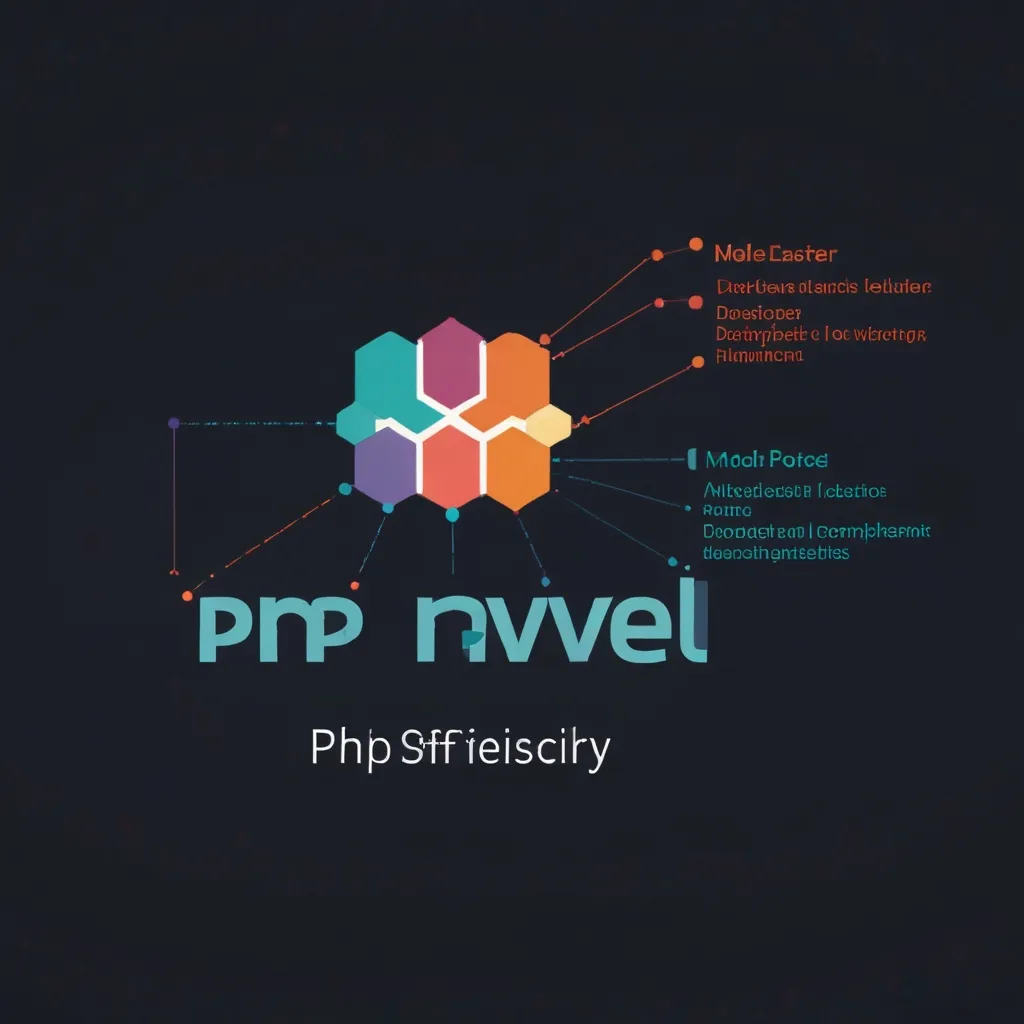When diving into the world of Java, especially for those aiming to build robust and scalable enterprise-level applications, the Spring Framework stands out as a remarkably powerful toolkit. At its essence, Spring is a dependency injection container that takes the hassle out of developing complex applications. Now, let’s break down why Spring is such a game-changer and how you can get started with it.
What is Spring Framework?
Think of the Spring Framework as the ultimate Swiss Army knife for Java developers. It’s a comprehensive platform designed to support the creation of sophisticated applications. Whether you’re dealing with Java Standard Edition (Java SE) or Java Enterprise Edition (Java EE), Spring offers you a helping hand. It allows developers to create applications using ‘plain old Java objects’ (POJOs) and provides enterprise services non-invasively.
Imagine renovating a house but needing an assortment of tools to get different jobs done. Spring Framework is your go-to digital toolbox, offering everything from basic tools to advanced utilities like Web MVC and Aspect-Oriented Programming (AOP). This vast array of tools makes building and maintaining applications substantially easier.
Dependency Injection: The Heart of Spring
One of the most crucial features of the Spring Framework is Dependency Injection (DI). Traditional programming often leads to tightly coupled code, which becomes a nightmare to maintain and test in the long run. Spring’s DI, however, promotes loose coupling by injecting dependencies into a class, making your code modular, test-friendly, and maintainable.
To put it simply, Dependency Injection is like hiring a helper who takes care of arranging the tools you need while you focus on the job at hand. For instance, consider a UserDao class interacting with a database:
public class UserDao {
private final DataSource dataSource;
@Autowired
public UserDao(DataSource dataSource) {
this.dataSource = dataSource;
}
public User findById(Integer id) {
Connection connection = dataSource.getConnection();
}
}
Here, the UserDao class needs a DataSource object but doesn’t create it itself. Instead, Spring injects it via the constructor, making the UserDao class flexible and easier to test.
Aspect-Oriented Programming (AOP)
Aspect-Oriented Programming (AOP) is another brilliant feature of Spring. It lets you modularize cross-cutting concerns like transaction management, security, and logging that would otherwise be scattered throughout your codebase. AOP helps you keep your code cleaner and more manageable.
Think of AOP as having a universal remote control for gadgets in different rooms. For instance, if you want to log every method call in your application, doing this manually would be tedious and error-prone. With Spring AOP, you can handle it seamlessly:
@Aspect
public class LoggingAspect {
@Before("execution(* *(..))")
public void logBefore(JoinPoint joinPoint) {
System.out.println("Before: " + joinPoint.getSignature().getName());
}
@After("execution(* *(..))")
public void logAfter(JoinPoint joinPoint) {
System.out.println("After: " + joinPoint.getSignature().getName());
}
}
This aspect will automatically log every method call without altering your existing code.
Comprehensive Support and Modularity
Spring offers extensive support for a myriad of application needs, ranging from data access to batch processing and web applications. Its modular architecture allows you to pick and choose only the parts you need. Hence, it remains lightweight and adapts seamlessly to your project requirements.
For instance, if you’re developing a web app, you might leverage Spring MVC. On the other hand, for batch processing tasks, Spring Batch could be your go-to module. This flexibility is one of Spring’s standout features.
Getting Started with Spring
Setting up Spring is pretty straightforward. Here’s how you can get started:
- Install Java: Make sure you have Java installed. Spring supports Java 8 and later versions.
- Choose an IDE: Options like Eclipse, IntelliJ IDEA, or Visual Studio Code work well.
- Set Up Spring: Spring Initializr can kick-start your project by helping you select necessary modules and setting up the project structure.
- Add Dependencies: Using build tools like Maven or Gradle, you can easily manage Spring dependencies.
For a basic setup using Maven, add these dependencies to your pom.xml:
<dependencies>
<dependency>
<groupId>org.springframework</groupId>
<artifactId>spring-context</artifactId>
<version>5.3.23</version>
</dependency>
<dependency>
<groupId>org.springframework</groupId>
<artifactId>spring-beans</artifactId>
<version>5.3.23</version>
</dependency>
</dependencies>
To create a simple Spring application, you can start with a configuration class:
@Configuration
public class AppConfig {
@Bean
public DataSource dataSource() {
return DataSourceBuilder.create()
.driverClassName("com.mysql.cj.jdbc.Driver")
.url("jdbc:mysql://localhost:3306/mydb")
.username("username")
.password("password")
.build();
}
}
Finally, you’ll run your application using the SpringApplication class:
public class MyApplication {
public static void main(String[] args) {
SpringApplication.run(AppConfig.class, args);
}
}
Community and Ecosystem
One of the best things about Spring is its vibrant community. This massive and active community contributes to an extensive ecosystem enriched with numerous extensions, plugins, and integrations. This is a big reason why Spring is a go-to framework for enterprise application development.
Real-World Applications
The versatility of Spring makes it suitable for a variety of applications. Here are a few examples:
- Web Applications: Spring MVC and Spring WebFlux make creating web applications a breeze, offering robust support for RESTful APIs, HTTP requests, and session management.
- Batch Processing: With Spring Batch, you get tools for job execution, step management, and state recovery—perfect for processing large data sets.
- Microservices: Spring Cloud simplifies microservices development by providing tools for API gateways, service discovery, and circuit breakers.
Conclusion
Spring Framework is an invaluable tool for building enterprise-level Java applications. Core features like Dependency Injection and Aspect-Oriented Programming make it a standout choice for creating scalable, maintainable, and secure applications. With its comprehensive support and active community, Spring remains a favorite among developers. Whether you’re looking to build a web application, handle batch processes, or develop microservices, Spring has the resources and tools to help you succeed.
So, grab your digital tools from the Spring Framework and get ready to build something amazing!






